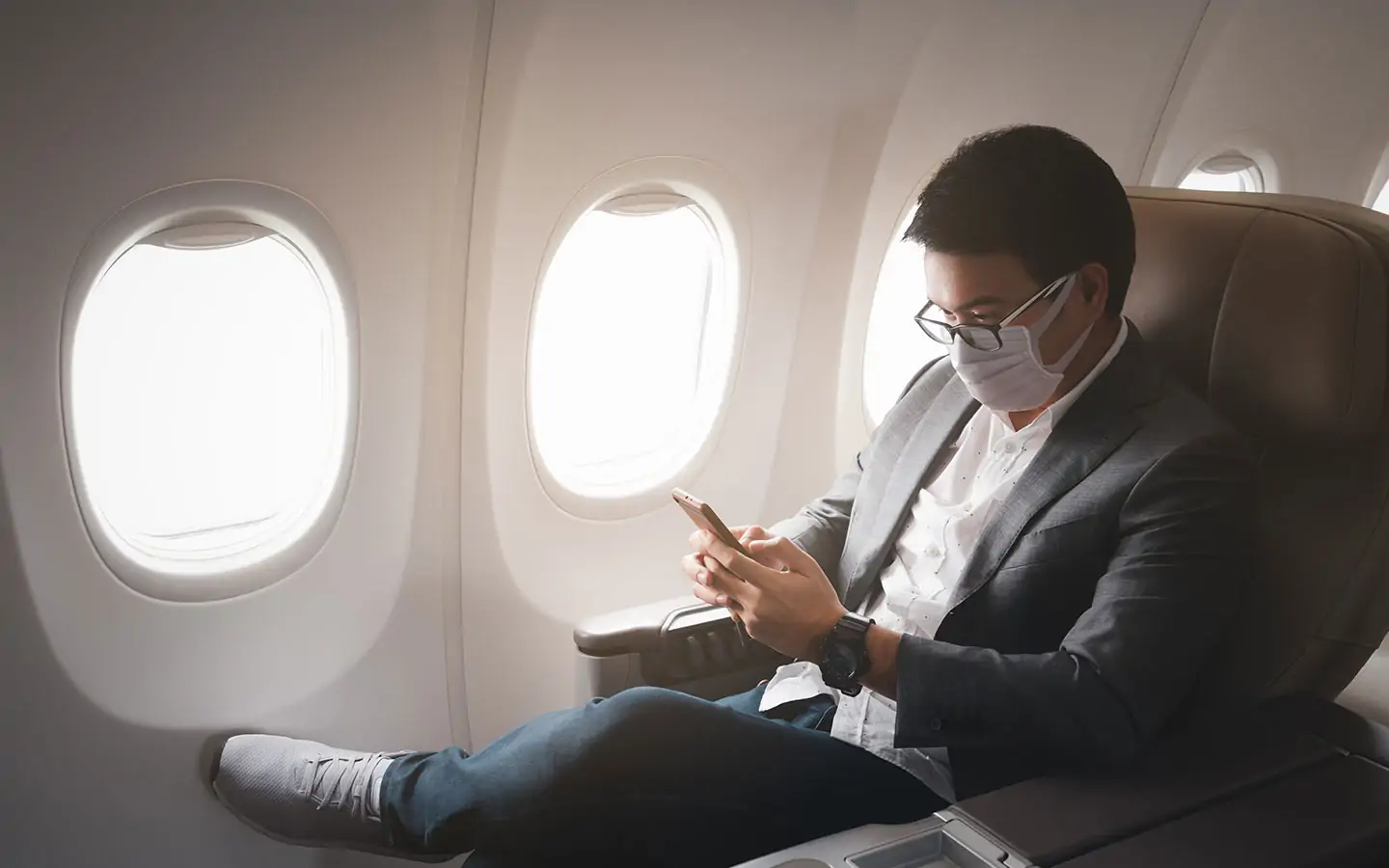In March of 2020, the world was hit with an unprecedented pandemic that brought travel, commerce, and daily life as we knew it to a screeching halt. As vaccines are distributed globally and the number of COVID-19 cases slowly decline. However, the question remains: has business travel changed forever?
The pandemic had a profound impact on the way companies operate and forced businesses to adopt new ways of working. One of the most significant changes was the widespread adoption of remote work. Remote work has been around for a while, but it was not until the pandemic that it became the norm for millions of workers worldwide. This shift to remote work has reduced the need for business travel, as meetings that used to be held in person can now be conducted virtually.
While virtual meetings have been a saving grace for many businesses during the pandemic, they have their limitations. There are certain things that can only be achieved in person, such as building relationships, creating a sense of camaraderie, and sealing deals. Business travel is essential for networking, attending conferences, and meeting with clients or partners face-to-face.
However, business travel may not return to pre-pandemic levels anytime soon. Companies are now more aware of the cost and environmental impact of business travel, and many are looking to reduce their travel expenses. Additionally, many workers have grown accustomed to working remotely and may not want to return to their old routine of traveling frequently.
As a result, businesses are exploring alternative ways to achieve their goals without the need for excessive travel. One solution is hybrid meetings, where some attendees are present in person, while others participate remotely. This approach offers the best of both worlds, enabling companies to achieve their goals while reducing their travel expenses.
Another solution is to leverage technology to enhance remote meetings. Video conferencing platforms like Zoom and Microsoft Teams have made significant advancements in recent years, making it possible to simulate in-person interactions virtually. With the help of virtual reality and augmented reality, it may be possible to create immersive virtual meeting environments that mimic real-life interactions.
In conclusion, it is clear that business travel has been forever changed by the pandemic. While it may never return to pre-pandemic levels, it remains an essential component of business operations. Companies will need to adapt and explore new ways to achieve their goals while minimizing the need for excessive travel. By leveraging technology and adopting new approaches, businesses can continue to thrive in a post-pandemic world.




